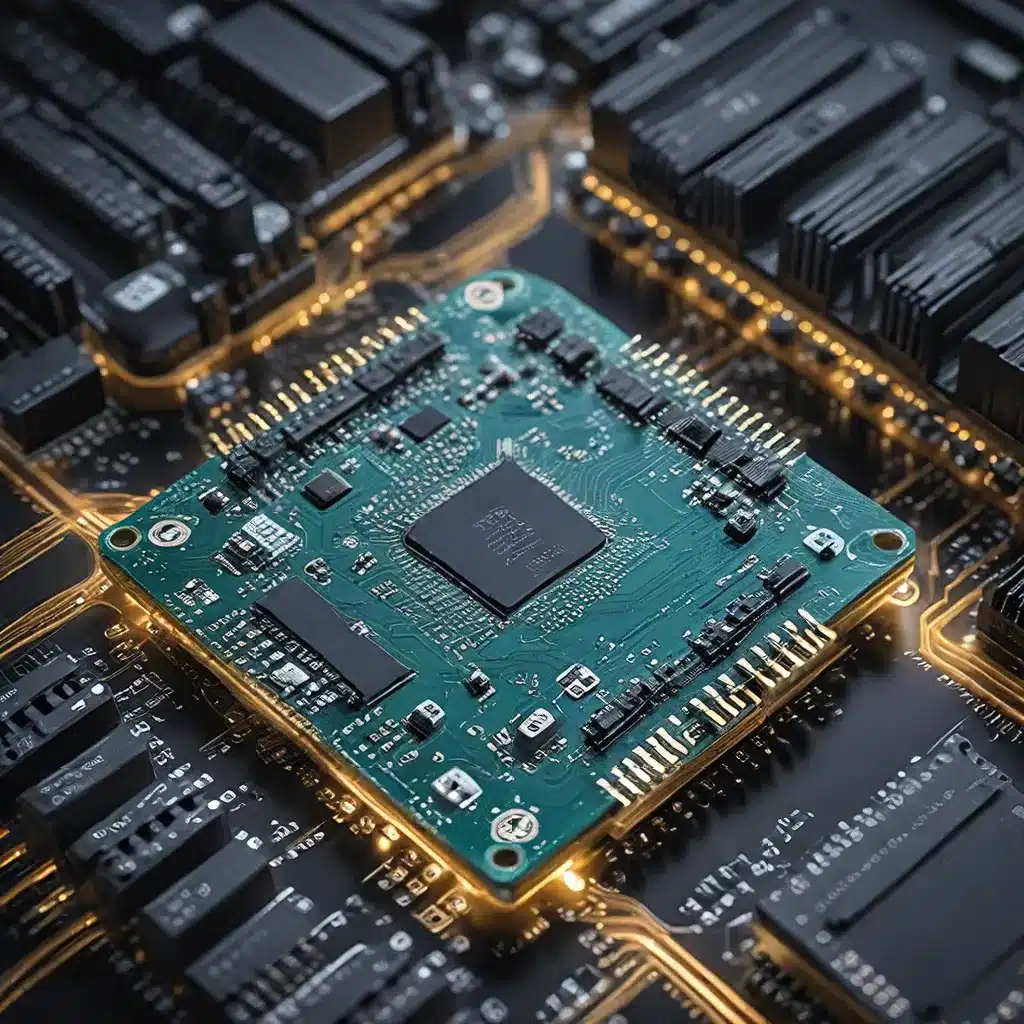
In the rapidly evolving landscape of sensor networks and the Internet of Things (IoT), a new wave of innovation is on the horizon, driven by the convergence of sensor design and edge computing technologies. As sensors become more sophisticated and interconnected, the need for seamless data processing and decision-making at the edge has become paramount. This article explores the advancements in sensor design and how edge computing is poised to transform the way we perceive, interact, and respond to the world around us.
Sensor Networks: Evolving Towards Intelligent Edges
Sensor networks have long been the backbone of IoT, enabling the collection and transmission of vast amounts of data from the physical world to the digital realm. However, as the sheer volume and complexity of sensor data have grown, the traditional cloud-centric approach to data processing has faced significant challenges, including latency, bandwidth limitations, and security concerns.
Enter edge computing, a paradigm shift that brings data processing and decision-making capabilities closer to the source of the data itself. By processing sensor data at the edge, devices can respond to events in real-time, reduce the burden on centralized cloud infrastructure, and enhance overall system resilience. This shift has opened up a world of possibilities for sensor network design, empowering developers to create innovative solutions that are more responsive, efficient, and secure.
Unlocking the Potential of Sensor Design
Microchip Technology, a leading provider of sensor technologies and edge computing solutions, has been at the forefront of this revolutionary transformation. Their Power Conversion and Intelligent Motion (PCIM) Europe conference and exhibition has become a premier destination for industry professionals to explore the latest advancements in the field.
One of the key areas of focus has been the integration of ROS 2 (Robot Operating System) in the PolarFire SoC FPGA platform. This collaboration with Acceleration Robotics has enabled the deployment of the latest ROS 2 distribution, Humble Hawksbill, on PolarFire SoC boards, offering developers a robust and scalable platform for building advanced sensor-driven applications.
Empowering the Edge with Sensor Design Innovations
Edge computing has become a fundamental enabler for sensor networks, allowing for the processing, analysis, and decision-making capabilities to be distributed across the system. This distributed intelligence empowers sensor devices to respond quickly to changing conditions, reducing the need for constant communication with centralized cloud infrastructure.
NXP Semiconductors, another industry leader in edge computing solutions, has been actively driving innovation in this space. Their EdgeVerse platform provides a comprehensive portfolio of processors, microcontrollers, and signature software designed to address the specific needs of edge applications across IoT, industrial, and automotive domains.
One of the key features of NXP’s EdgeVerse platform is its focus on scalability, energy efficiency, security, and machine learning. By integrating these core capabilities, sensor network designers can create solutions that are not only responsive and intelligent but also secure and energy-efficient, addressing critical concerns in the IoT landscape.
Sensor Design and Security: Safeguarding the Edge
As sensor networks become more interconnected and reliant on edge computing, the importance of security has grown exponentially. Protecting sensitive information at every endpoint requires a robust and comprehensive security approach that is integrated into the sensor design process.
NXP’s EdgeLock Assurance program follows proven security development processes and verification assessments, ensuring that their products meet industry standards and provide the necessary safeguards for sensitive data. By incorporating secure enclaves, hardware-based security, and tamper-resistant designs, sensor network designers can build solutions that are resistant to cyber threats and can maintain the integrity of critical data and operations.
Optimizing Energy Efficiency in Sensor Networks
Another key consideration in sensor network design is energy management. As sensor devices become more ubiquitous, the need for energy-efficient solutions has become paramount, particularly in applications where accessibility or battery life are crucial factors.
NXP’s iMX 8ULP applications processor family, featuring the Energy Flex architecture and EdgeLock secure enclave, demonstrates the company’s commitment to addressing this challenge. By optimizing energy efficiency and integrating advanced security features, sensor network designers can create solutions that can operate reliably and securely for extended periods without the need for frequent maintenance or battery replacements.
Embracing the Future of Sensor Networks
The convergence of sensor design and edge computing has ushered in a new era of intelligent, responsive, and secure sensor networks. As developers and researchers continue to push the boundaries of what’s possible, the sensor-networks.org community remains at the forefront of this technological revolution.
By harnessing the power of edge computing, sensor network designers can create solutions that are more efficient, responsive, and adaptable to the ever-changing needs of industries, communities, and individuals. From industrial automation to smart city applications, the potential of these innovations is limitless, and the future of sensor networks has never been brighter.
As you navigate the dynamic landscape of sensor networks and IoT, stay tuned to the latest developments and insights from the leading experts in the field. The sensor-networks.org community is dedicated to fostering collaboration, knowledge sharing, and the advancement of these transformative technologies, empowering you to become a driving force in shaping the sensor-enabled world of tomorrow.